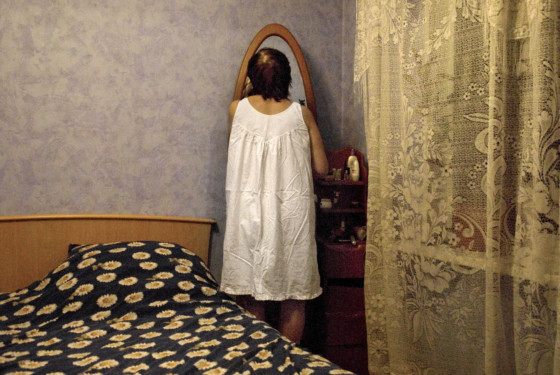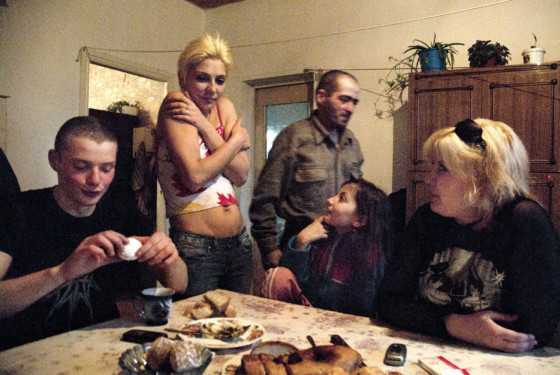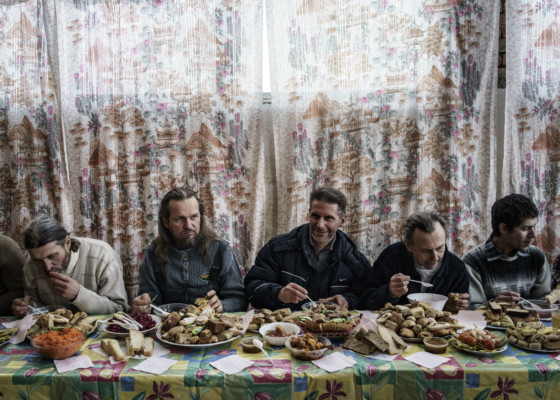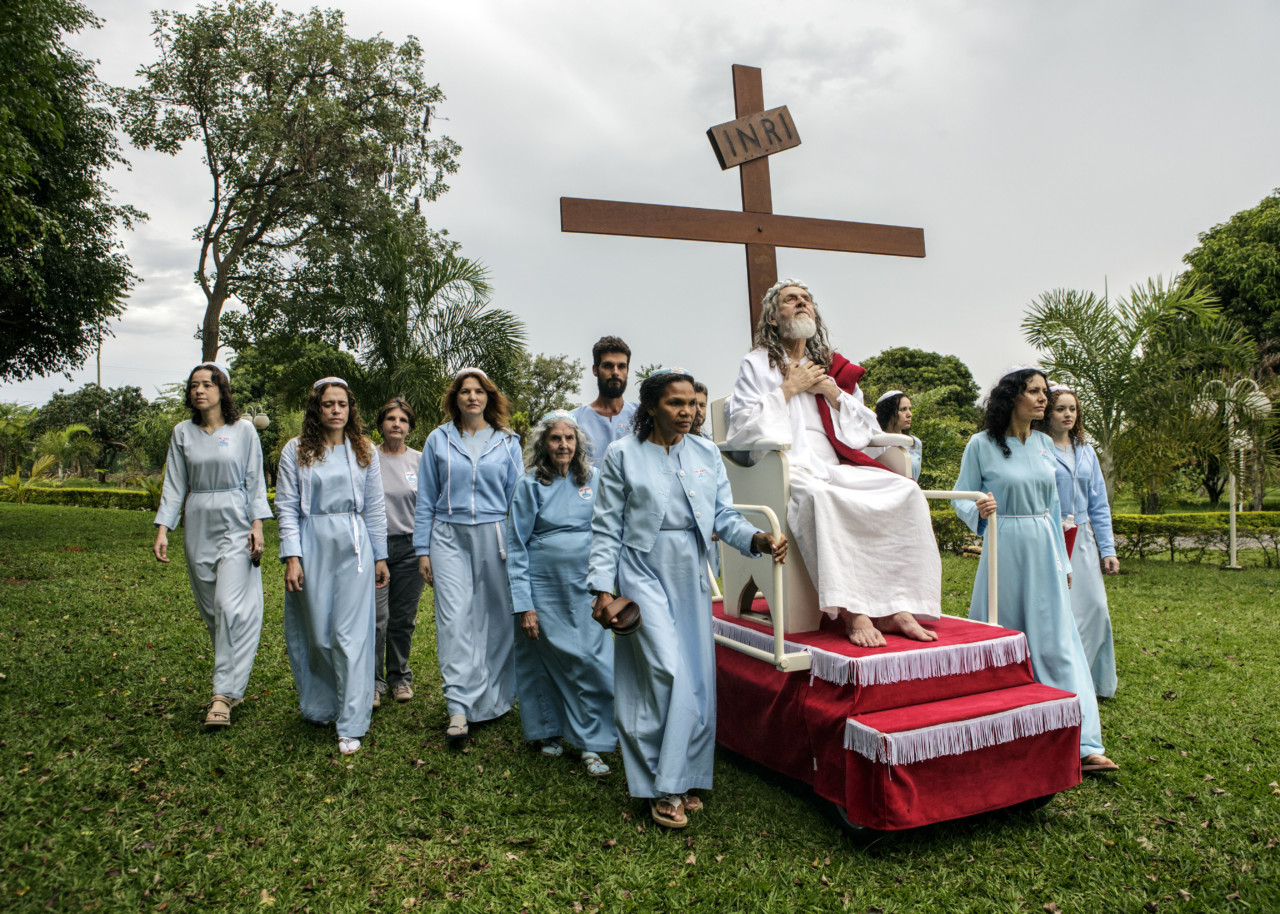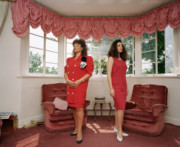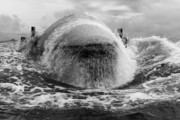Martin Parr’s Advice to Documentary Photographers
As the Martin Parr Foundation plans for a busy 2018, the Magnum photographer gives his best career advice to photographers
It’s been a busy few months for Martin Parr. The photographer, curator, bookmaker, and collector, is now also running his very own photography foundation in Bristol. When its doors opened, on a fall evening last year, its stated aim was to support documentary photographers focusing their work on the British Isles.
“I’m constantly looking out for what I think is very good work… It’s a combination of discoveries and giving attention to people who have been somewhat overlooked, misunderstood, and underappreciated in the past,” says the Magnum photographer, known for his collecting habit. In fact, his personal photobook collection has been acquired by the Tate.
Consequently, the Martin Parr Foundation exhibits bodies of work that are of exceptional quality, such as the upcoming Niall McDiarmid show, and accompanying book, Town to Town, opening in January. Parr explains he will also acquire, via the Foundation, key works from the exhibition: “part of the process will be that we purchase some prints for the Foundation. So his fee will come in the shape of a purchase.”
Supporting documentarians by acquiring, holding, and exhibiting their work several times a year is only a part of the Foundation’s aims. It also holds a collection of photobooks focused on Britain and Ireland, which will eventually be open for consultation as part of a “research facility” for its members, and hosts photographic events and workshops.
“We’re getting very good throughput of people,” says Parr. “Though it’s not numerically massive, the people that come are really enjoying it. And that’s been very heartening… I often go out, if I’m here, to say hello and meet people…”
All this activity has meant that his own photography has taken a bit of a back seat: “one of the things I haven’t done in the past few months is take many photographs.” Luckily, he will be back behind the camera in the early parts of 2018, working on new projects. In the meantime, we spoke to him about what he looks for in a project, and asked him for his best advice to documentary photographers.
Tell a personal story to engage your audience
“The most important thing is to tell a personal story. The most important aspect of any photographer’s work is their connection to the subject. If that connection is a wholesome, positive, exciting one, then work is going to inevitably speak to an audience. So that’s what documentary offers: an incredible opportunity to engage with an audience, to engage with the subject, and for that sense of commitment and excitement to shine through.”
Find a connection
“It’s the quality of the connection you make with the subject which is absolutely key. And there should always be some kind of story behind that, some kind of tension or vulnerability. That’s when good work emerges. And, you’ve got to be excited by that. If you’re excited, then you’re going to be motivated to work and it will all pan out. That excitement will have the potential to be transmitted to the viewer.
Someone like Bieke Depoorter is a very good example. She has a very clear idea of what she is doing. When I think about her work, and the fact she ends up gate crashing strangers’ lives, I take my hat off to her. Wow. To be motivated to do that, and to return with the work she does, is a remarkable achievement. You just look at that and you can smell the difficulty, the pain, and the pleasure, the satisfaction you get when that works out.
Another example is Jonas Bendiksen’s new book, Last Testament. He found seven people, each of whom is convinced (and has convinced their followers) that they are the Second Coming of Jesus Christ, and followed them over several years. How can you not be moved by the effort that the work took? The length, the thoroughness, the dedication, the absolute dogged determination that he approached his subject with… That involvement has been rewarded with the pictures that he’s got.”
Know why you’re making the work
“Most of the work we look at is confused, because the photographers themselves don’t know what it’s about. And that’s one of the things that can be taught to a certain extent, and encouraged, and facilitated with people, in order for them to be clear about what they are saying. The big mistake people make is trying to say too much. They want to change the whole world with one project. They don’t realise that dealing with one small thing well, and very meaningfully, is much more effective than trying to cover too many aspects of the world at once. If you can’t explain what you’re doing in one sentence, it’s hardly worth doing.”
"If you can’t explain what you’re doing in one sentence, it’s hardly worth doing."
- Martin Parr
Focus on the story and the career will come
“Most people are thinking purely about how they can get on in the world of photography. If that’s your main consideration, you’re going to fail. If your main consideration is making that connection and getting the work done, then inevitably, someone is going to come across it. You have to get out there and do the usual channels of photo reviews, showing your work around. Someone will get it and it will start to happen.”
Hold on to your original enthusiasm
Often the follow up to a really successful first project is quite daunting to mid career photographers who find themselves under a lot of pressure to produce more and to work better. “The difficult second project is a classic problem. But you just have to work your way through it. Then you get some kind of rhythm of how you work, and you don’t sot of regard that too much as an issue. So that original enthusiasm is indeed, there, it will sustain itself.






